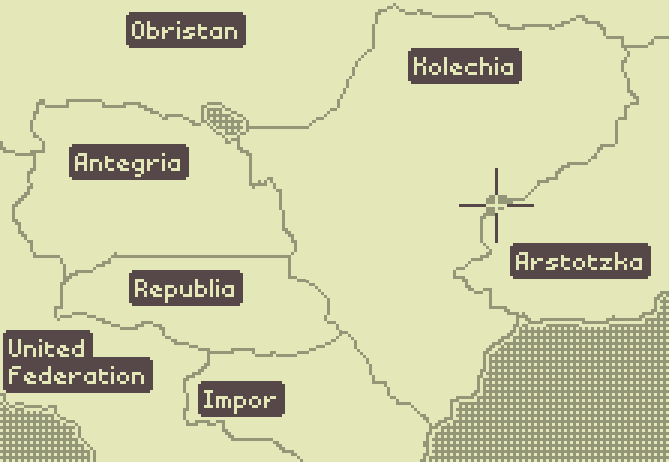



Second, the arrival of a new generation of ultraviolent video games beginning in the early 1990s and continuing unabated to the present resulted in large numbers of children and youths actively participating in entertainment violence that went way beyond anything available to them on television or in movies. But, it also may make violent video games even more hazardous than violent television or cinema. It helps educational video games be excellent teaching tools for motivational and learning process reasons. First, the active role required by video games is a double-edged sword. Two features of video games fuel renewed interest by researchers, public policy makers, and the general public. But the development of a new genre-electronic video games-reinvigorated the debate. Four types of media violence studies provide converging evidence of such effects: laboratory experiments, field experiments, cross-sectional correlation studies, and longitudinal studies (Anderson & Bushman, 2002a Bushman & Huesmann, 2000). An historical examination of the research reveals that debate concerning whether such exposure is a significant risk factor for aggressive and violent behavior should have been over years ago (Bushman & Anderson, 2001). Thereby, we find that our method outperforms severalīaselines on the benchmark datasets FB15k-237, WN18RR, and Hetionet.After 40+ years of research, one might think that debate about media violence effects would be over. Predictive accuracy, we benchmark our method on the triple classification and This work is to create an explainable method that maintains a competitive Users to get an understanding of the decision of the judge. In contrast to other black-box methods, the arguments allow The two agents can be considered as sparse, adversarialįeature generators that present interpretable evidence for either the thesis or On these arguments, a binary classifier, called the judge, decides whether theįact is true or false. The main idea is to frame the task of triple classificationĪs a debate game between two reinforcement learning agents which extractĪrguments - paths in the knowledge graph - with the goal to promote the factīeing true (thesis) or the fact being false (antithesis), respectively. Authors: Marcel Hildebrandt, Jorge Andres Quintero Serna, Yunpu Ma, Martin Ringsquandl, Mitchell Joblin, Volker Tresp Download PDF Abstract: We propose a novel method for automatic reasoning on knowledge graphs based


 0 kommentar(er)
0 kommentar(er)
